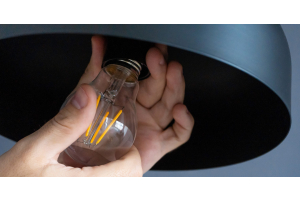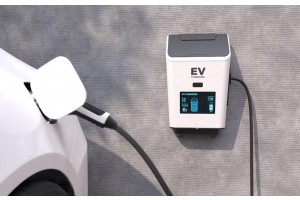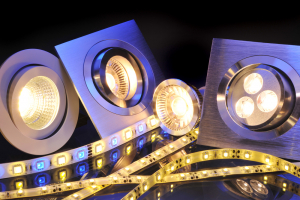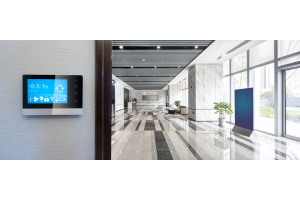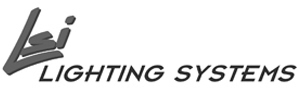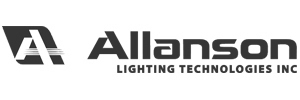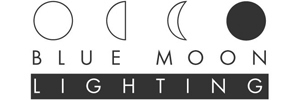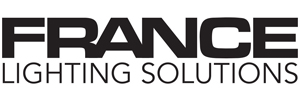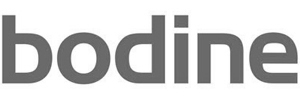Decoding ANSI Codes

Decoding ANSI Codes
An ANSI code is a series of letters and/or numbers that can be found on High-Intensity Discharge (HID) and Halogen lamps and ballasts. While ANSI coded lamps are slowly being phased out in favor of LED systems, ANSI codes are still useful when matching HID lamps with ballast or vice versa. The ANSI code gets its name from the American National Standards Institute and is used across all industries to ensure uniform identification and performance among commercial products. Essentially, ANSI codes allow one to tell at a glance what the product is and its intended usage. This article will discuss all of the meanings of ANSI codes in lighting and why they are useful to consumers and manufacturers alike.
At first glance, learning the meaning of ANSI codes may seem daunting. This is especially true if one also considers the many other lighting codes, such as the separate codes for bulb shapes and socket types. However, ANSI codes have a fairly simple system of identification based on a letter abbreviation followed by a series of numbers. Oftentimes, lighting manufacturers will include the ANSI code within the part number. Similar to other lighting codes, understanding ANSI codes becomes easier once the meaning behind the jumbled letters and numbers are decoded. In fact, once one is able to understand ANSI codes, the easier choosing the correct ballast or lamp becomes.
In lighting, ANSI codes are used to specify the characteristics of the lamp and its corresponding ballast. These characteristics are determined by the letter or series of letters at the beginning of the ANSI code. Here is a list of the most common one-letter ANSI abbreviations:
C - Ceramic Metal Halide lamps and ballast
H - Mercury Vapor lamps and ballast
L - Low Pressure Sodium lamps and ballast
M - Metal Halide lamps and ballast
S - High Pressure Sodium lamps and ballast
As stated above, ANSI codes which use a one-letter abbreviation are most commonly found today in HID systems. The one-letter codes are followed by a series of numbers which represent the temperature rating of the corresponding ballast.
An example of this type of ANSI code is the S54. The “S” means that this ballast or lamp is High Pressure Sodium and the following “54” means that it is compatible with ballasts or lamps rated for S54 systems. The “54” differentiates this lamp or ballast from a S55 or S52 system and is not compatible with any other ballasts for lamps.
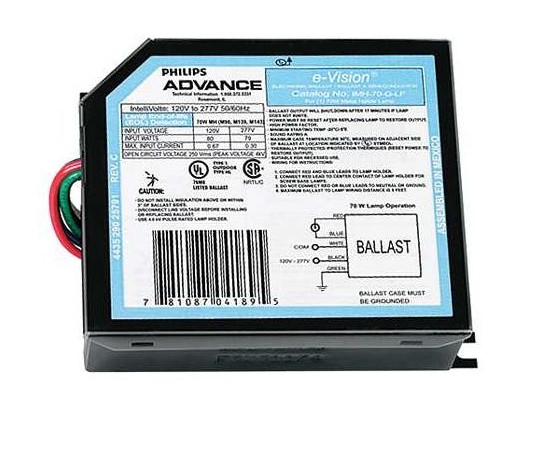

Some ballasts can have multiple ANSI codes. For example, this Philips Advance IMH-70-G-LF Metal Halide Ballast has the following ANSI codes: C98/M98, C139/M139, M143. This means that this particular ballast is compatible with both ceramic metal halide lamps rated for 98 and 139 ballast as well as metal halide lamps rated for 98, 139, and 143 ballast.
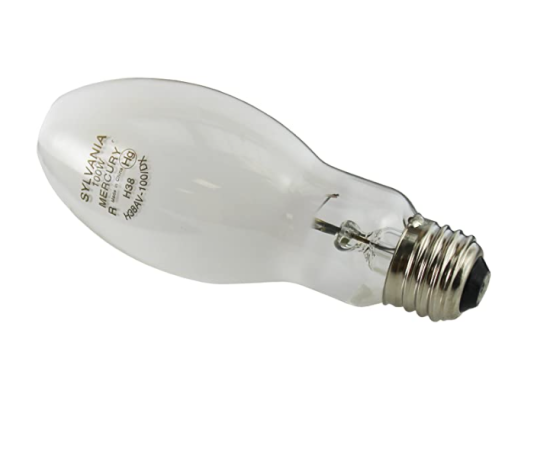

Here is an example of an ANSI code for a HID lamp. This Sylvania 69403 - H38AV100/DX - 100W Mercury Vapor Bulb has an ANSI code of H38, meaning that this is a Mercury Vapor lamp and is only compatible with ballasts with the code of H38. This is also an example of a manufacturer placing the ANSI code in the part number: H38AV100/DX.
ANSI codes can also use a three-letter abbreviation, but are not followed by any numbers. These codes are uncommon and are typically only found in Halogen lamps used in industry specific applications such as theatre and photography lighting. Some examples of three-letter abbreviations include: BAB, BCA, CYV, FDN, DVS, EXT, and GDY among others.
If you have any further questions, please don’t hesitate to contact us at 888-307-3700. We have qualified lighting specialists that will make sure that you get the product that best suits your needs.



